Every January we recognize the winners of the Radon Poster Contest. This year there were four winners in Georgia. Congratulations to the winners and thank you to all who entered. The posters were great! A special thanks to Southern Radon Reduction who provided prizes for the winners.
The posters do a great job of increasing awareness, but I believe we need to keep the conversation going about radon throughout the year. Each year over 21,000 people die from this preventable disease. Yes, you read correctly – radon-related lung cancer is avoidable! There is no reason we can’t all work together to prevent needless deaths.
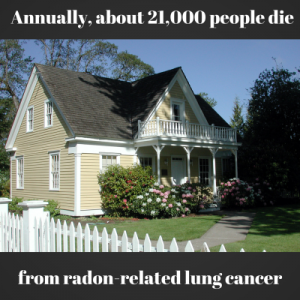
Increasing awareness is the first step. It begins by each person who reads this blog testing their home and then encouraging a friend or family member to do the same. It’s an easy DIY project. You obtain a radon test kit from your state radon contact or a home improvement store, and then follow the instructions to test. You can select a short-term test (generally 2-7 days) or a long-term test (90+ days).
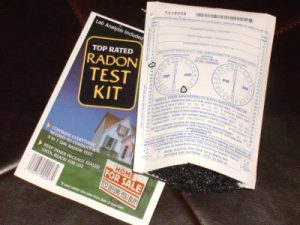
A short-term test kit provides a quick and inexpensive way to screen for radon gas in your home. Prices vary for DIY short term kits, but generally are between $10 and $25. When purchasing a kit you want to make sure the kit price includes the laboratory analysis. A long-term test takes longer and costs more, but provides a more accurate estimate of the average amount of radon in your home. You can do this yourself or hire a radon measurement professional to conduct the test. For real estate transactions your best option may be hiring a professional. It will cost more than if you did the test yourself, but you will receive the results quicker. The most important thing to remember is to TEST.
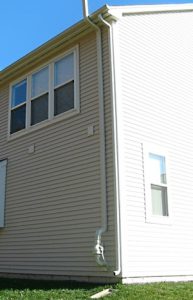
If your test results are above the EPA action level of 4 picocuries per liter (4 pCi/L), then you should test again. If the second test is also above 4 pCi/L then it is time to consider taking action to remediate. To fix a radon problem, it is advisable to hire a qualified professional. Many states don’t have requirements for radon mitigation professionals, so I encourage you to select a professional who is certified by a professional board or program such as NRPP or NRSB. Make sure to shop around and ask for references. Remember that the cheapest isn’t always your best option. The cost of a radon reduction system varies depending on the situation in your home and local labor and material costs. The EPA reports that the average cost is $1,200, and can range from $800 and $2,500.
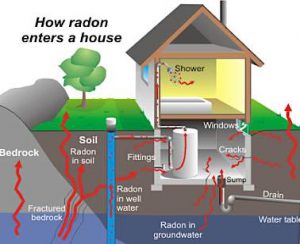
Radon gas is a naturally occurring byproduct of the decay of uranium in rock, soil and water, so it will always be around, but you can keep high levels out of your home.
In 2015 the National Radon Action Plan was released. The long-term goal is to eliminate avoidable radon-induced lung cancer. Working together we can reach that goal and keep you and your family safe. Below are some links to help you learn more about radon.
- EPA publication – A Citizen’s Guide to Radon
- Georgia residents – Order a short-term kit on www.ugaradon.org,
- Residents of other states visit the EPA website for radon resources in your state.
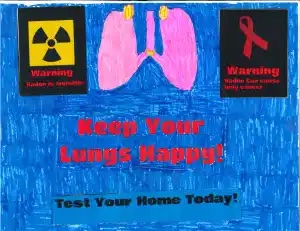

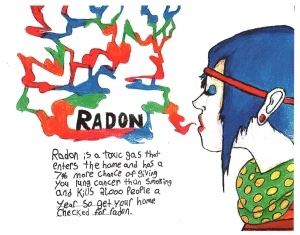
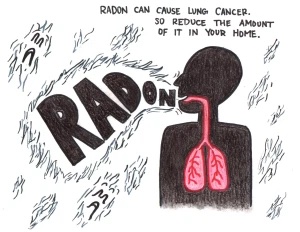

Leave a Reply